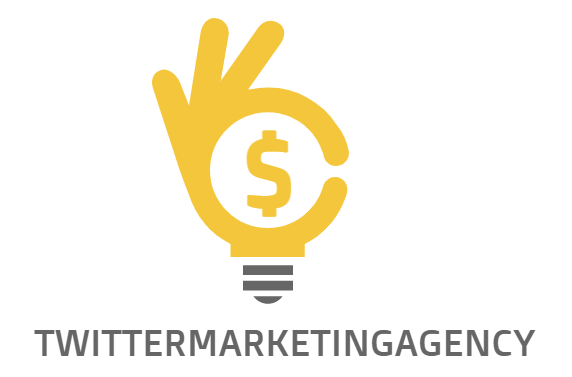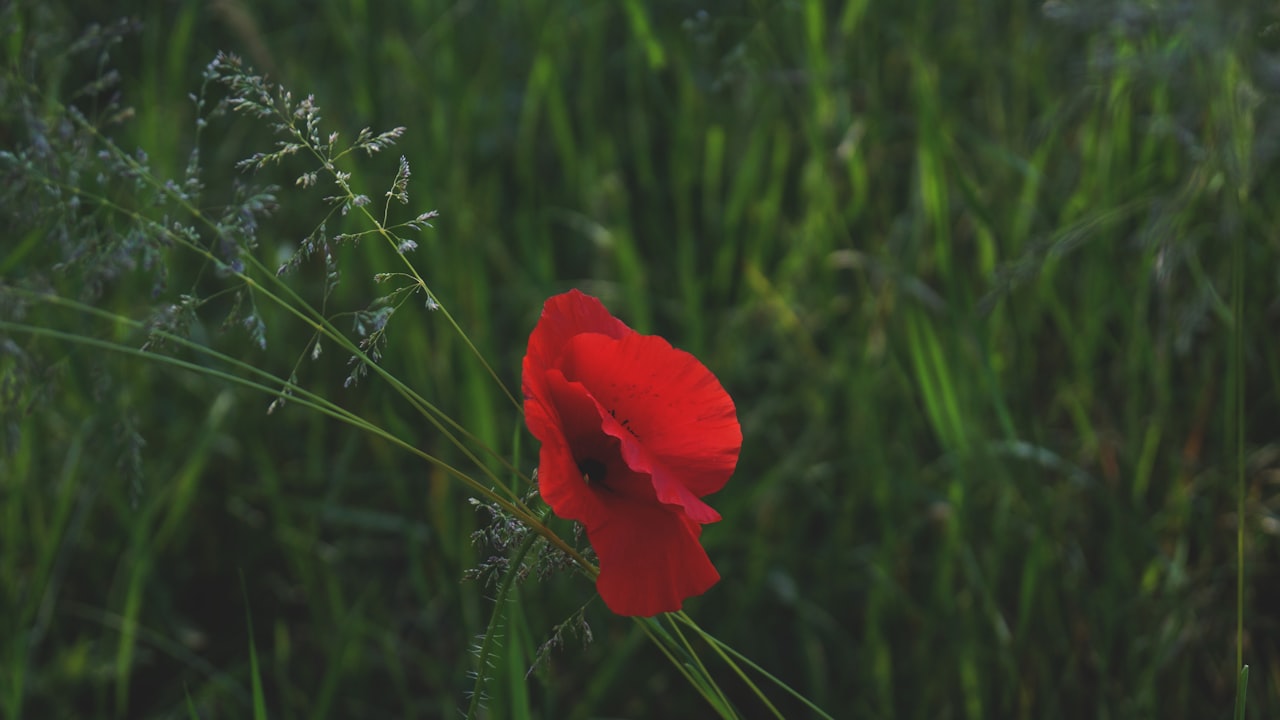A long list of expenses is always incurred before forming a product. Artificial grass has a high demand, according to market statistics. Therefore, turf supplier companies use advanced technology to maintain the quality of the grass mats. The sale price of synthetic or artificial grass is estimated by determining the overall cost of manufacturing. You can specify the cost of the process by taking into account the following charges.
- Cost of raw material
- Direct and indirect labor cost
- Factory overheads, including machine running costs and electricity costs.
Raw material:
The cost of raw materials depends on their quality and processed form. Different suppliers have different rates, so it is necessary to find a good supplier according to the budget. The price incurred to bring the raw material to the store is added to the cost of the raw material.
Energy:
Factories use solar energy to run their machines for processing raw materials into finished items. Solar energy is free but requires solar panels, which are expensive but work as non-current assets. The Per unit cost of products involves these energy costs and other power supply costs.
Labor costs:
The salaries and wages of direct and indirect labor also count in the overhead cost of the factory. The more the production, the more the cost incurred; these can be allocated to the production units.
Some other factors may substantially increase the costs of production.

Losses:
The companies have to suffer losses during production for several reasons. Stitching gaps between the fibers may sometimes be inappropriate, or threads may become loose. The process is repeated for winding and adjusting the gaps, which increases energy consumption. During the procedure, costs keep fluctuating due to ordinary factory losses.
Customization:
When customers make artificial grass on order, they require specific features. For example, some customers want a multi-purpose grass on which they can practice multiple games and sports. For this purpose, premium-quality fibers are used, which support the ball and players; and provide the required friction.
Advancements:
Modified and advanced machinery adds new features to the synthetic turf. This makes it more adjustable and environmentally friendly. But these advancements increase the cost of manufacturing turf, increasing the selling price.
Conclusion:
Artificial turfs are not typically expensive and are the perfect alternative for natural grass. Batch production is more economical and saves many costs. However, companies usually use batch production, but customized turfs are separate from batches and hence cost fluctuates.


